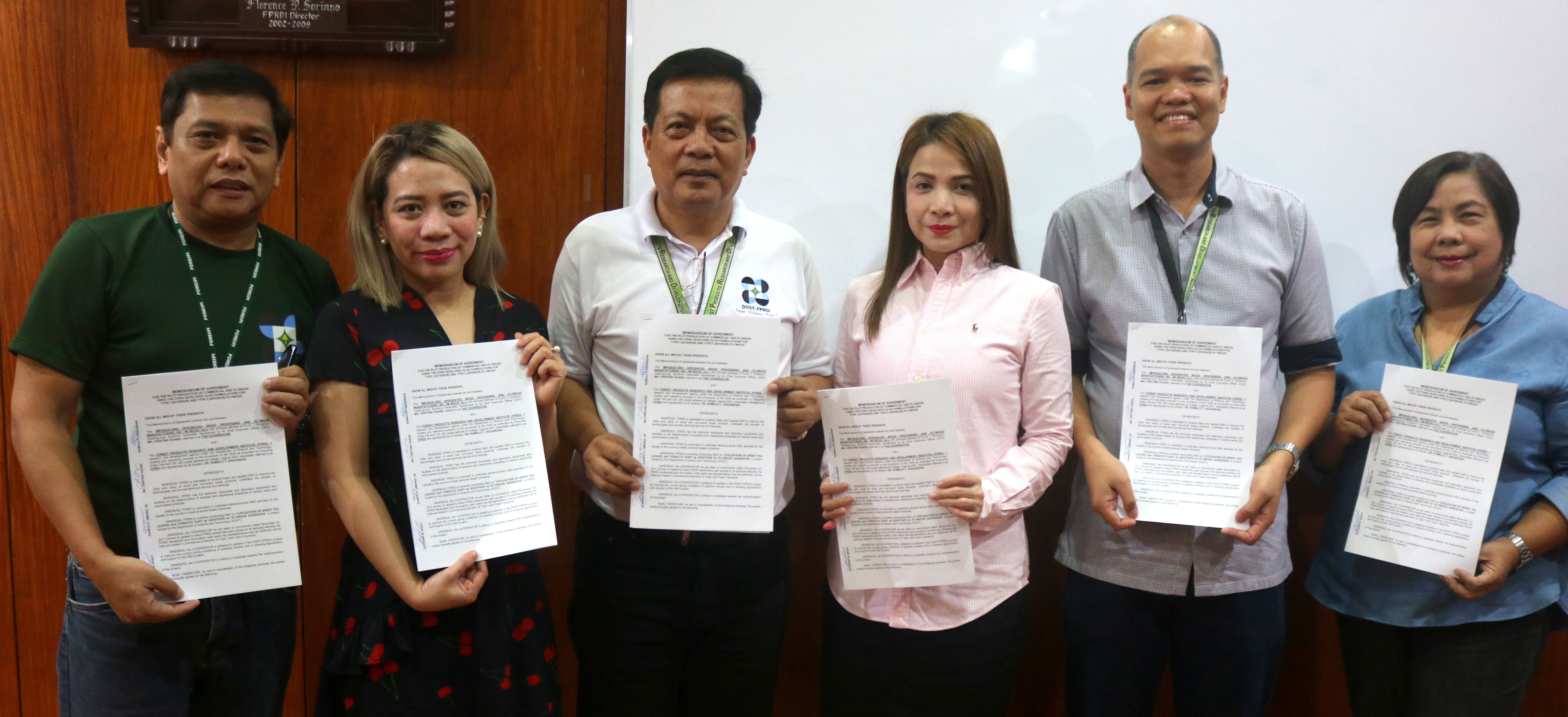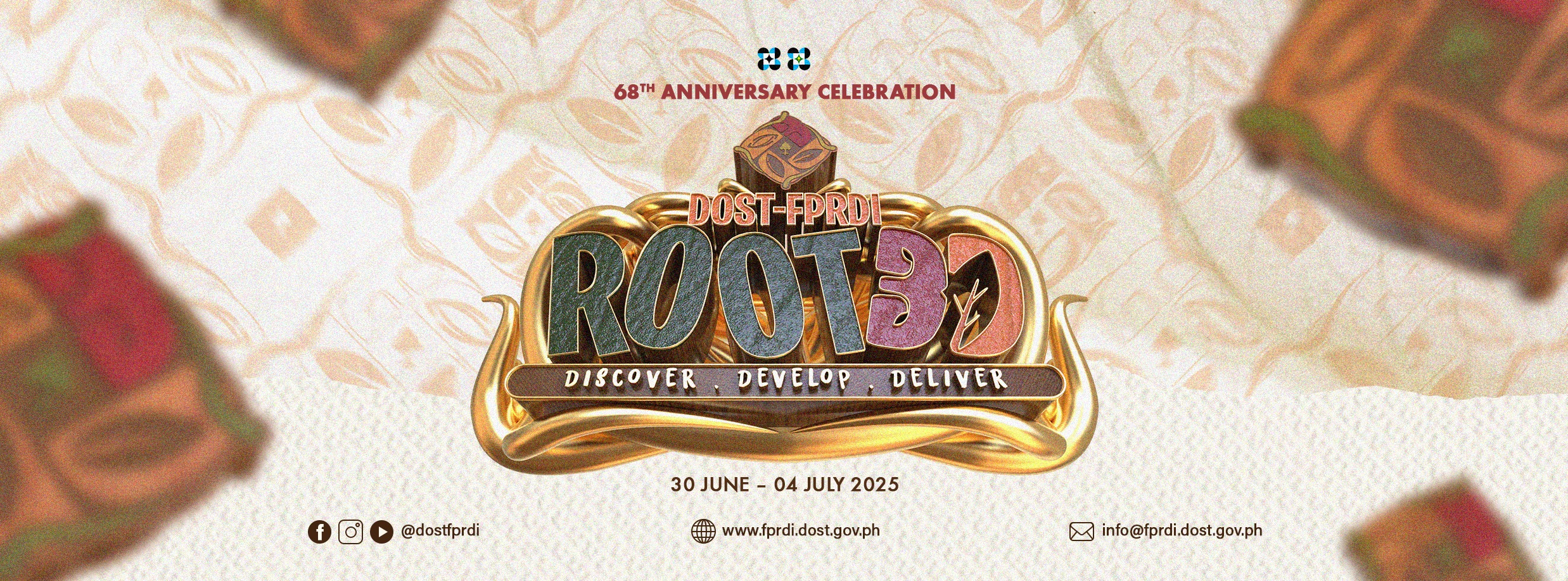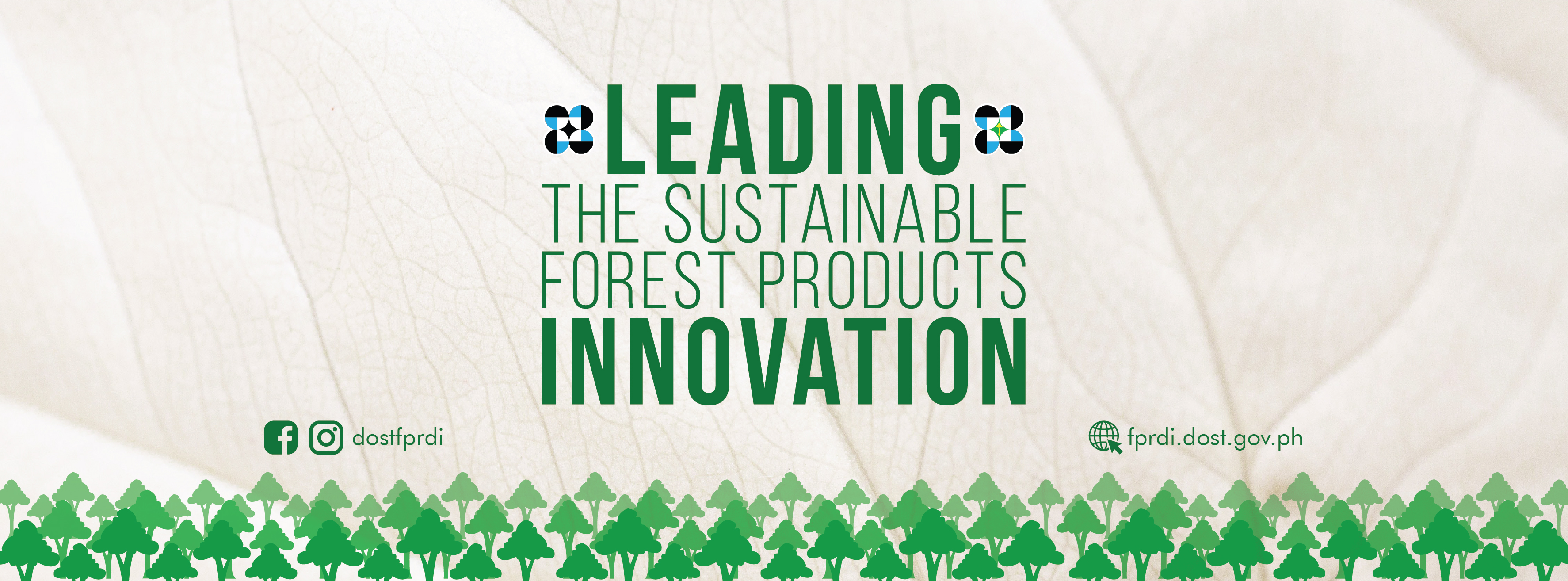A plywood glue newly formulated by the DOST-Forest Products Research and Development Institute (DOST-FPRDI) will soon be tested in making full-sized plywood.
This, after the Institute and a private company signed a Memorandum of Agreement (MOA) last 04 October 2019 that prompts the trial run of producing full-sized panels (4 ft. x 8 ft.) using FPRDI-developed glue mixtures with spent tea leaves (STL) and tobacco dust as additives.
“We are partnering with the Mindanao-based Impasug-ong Integrated Wood Processing and Plywood Manufacturing Inc. (IM WOOD) for the pilot testing of our adhesive,” shared Project Leader Engr. Juanito P. Jimenez Jr.

He added, “We will test if the plywood produced will pass national and global standards for shear strength, formaldehyde emission and termite resistance. Formaldehyde is a chemical compound found to cause certain types of cancer in humans.”
According to Jimenez, the trial run will determine the effectiveness of the glue mixtures when used in a full-sized panel. It will also help establish how much a plywood company can save once the adhesive is used.
Studies by Jimenez, Dr. Erlinda L. Mari and Ms. Rebecca B. Lapuz in 2014 and 2018 have proven that STL and tobacco stalks are affordable and environment-friendly extenders and fillers to plywood adhesive, replacing the commonly used wheat and rice hull flour.
“Fillers are used to cover up holes and cracks on the veneer surface, improving its strength and durability. Extenders, on the other hand, are substances mixed with the glue to reduce the amount of primary binder used,” explained Jimenez.
According to the study, STL – an industrial waste product - has the ability to trap excess formaldehyde gases from plywood, thus resulting in safer panels. The tea-flavored drinks industry across the country generates around 18,000 kilos of STL every day.
Tobacco stalks, meanwhile, can repel termites and also lessen formaldehyde emission. The National Tobacco Authority estimates that the country’s tobacco waste is around 45 million kilos every year.
We are positive that our research will create productive uses for these two waste products,” ended Jimenez.
The pilot testing, which starts this October, will run for a year, with production and validation tests conducted in the IM WOOD factory. ### (Apple Jean C. Martin- de Leon, 14 October 2019).











